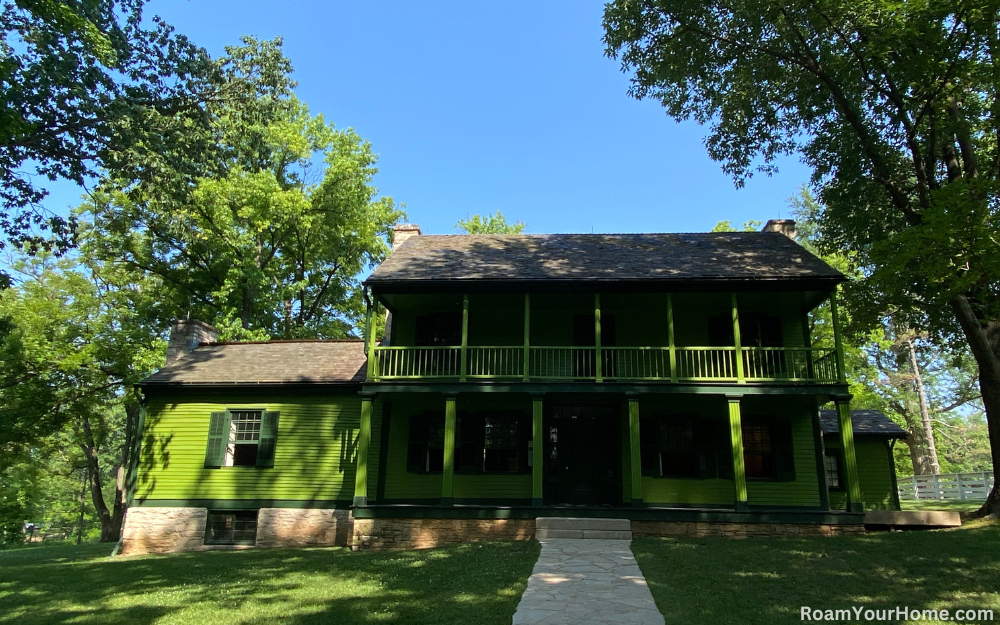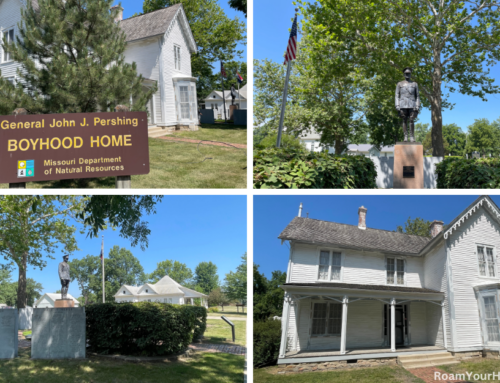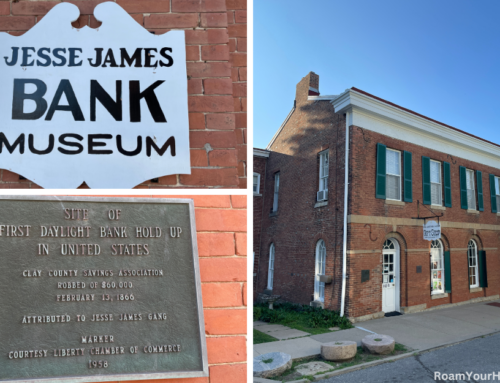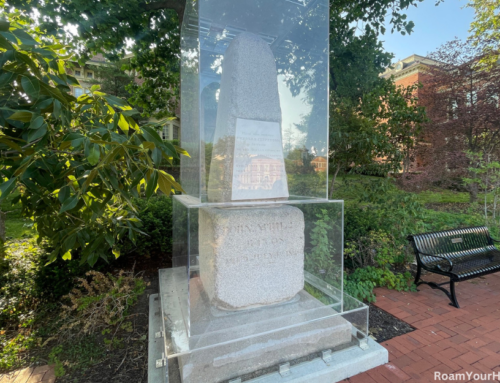
What to do at the Ulysses Grant National Historic Site
Ulysses S. Grant National Historic Site preserves White Haven, the Missouri home of Grant and his wife, Julia Dent. The site is located about a 20-minute drive from downtown St. Louis. White Haven was the home of the Dent family.
White Haven & Grant
Julia’s brother Frederick Tracy Dent was Ulysses Grant’s roommate at West Point. The two would become close friends, with Dent working with Grant in one way or another for many years. Dent would serve as the Aide-de-Camp in General Grant’s staff during the Civil War. Dent was present at the Appomattox Court House when General Lee surrendered to Grant on April 9, 1865. When the General was elected President in 1869, Dent served as a “Military Secretary” at the White House. For four years, Dent oversaw incoming mail and managed all White House visitors for President Ulysses Grant. After serving forty years, Dent retired from the Army in 1883 as Colonel.
After graduation from West Point, Frederick Dent invited Grant to visit White Haven. Grant met his future wife, Julia, Frederick’s younger sister. As a young girl, Julia would say she would marry “a soldier, a gallant, brave, dashing soldier.” After Grant visited White Haven, her prophecy began to take shape. Ulysses and Julia fell in love, and he visited the property often. He proposed marriage to her on the front porch of White Haven in the spring of 1844. You can stand in the spot to this day. They would be married at the home in 1848. Grant’s service in the Mexican-American War delayed their wedding.
In 1850, their first child, Frederick Dent Grant, would be born at White Haven. The Grants would eventually have four healthy children: Frederick, Ulysses Jr., known as Buck, Ellen or Nellie or Missy, and Jesse. The last two were also born at White Haven.
Grant’s military duties took the family to many different places. They would ultimately move to White Haven full-time in 1854 after Grant resigned from the Army. Julia’s father had gifted them 80 acres of the estate to farm. Ulysses also managed the rest of the 850-acre White Haven estate. From 1854 to 1859, Ulysses S. Grant, Julia, their children, Julia’s family, and an enslaved African-American workforce lived on the property. Julia and their family would live on the property after the outbreak of the Civil War, but Grant would visit infrequently.
Today, visitors can get a unique perspective on the life of Ulysses Grant. We recommend starting off with the park film in the visitor center. It provides an excellent overview of the life of Grant. Which is precisely what I did on my early June visit.
Touring White Haven
I got to the site about 10 minutes after it opened early mid-week. I was surprised that I was not the first person there. Entering the Visitor Center, I immediately signed up for a ranger-guided tour of White Haven. These tours are offered daily and last about 40 minutes. The quarter-mile loop takes visitors around the property and historic structures, including through the home, summer kitchen, chicken house, ice house, and stables. Along the way, several signs offer insight into Grant, the Dents, and enslaved workers of the property.
As I waited for the tour, a ranger approached and started chatting. “Just a heads up, the 10 a.m. tour will also have a group of 30 middle schoolers on it. You are welcome to tag along, wait for the next tour, or do your own thing,” she said. I asked, “If we do our own thing, can I still go inside the house?” “Of course,” she said.
I ended up tagging along with the school kids. Once inside the home, which is smaller than you would expect. I listened to the ranger talk about each room, Ulysses and Julia, and the historic property. After which, I decided to splinter off and explore the grounds.
Touring the trees on the property is another popular activity. There are various types, including dawn redwood, ginkgo, and others. Only one tree standing today has been confirmed to have been here when Ulysses Grant lived on this property. It is a Black Oak tree that was planted around 1829.
You can expect to spend anywhere from a minimum of an hour to upwards of two and a half to 3 hours at Ulysses Grant National Historic Site. I was there for about that long. There are a few other things to visit nearby to make a day out of it.
Grants Farm
Grant’s Farm is a wildlife park owned and operated by the Busch family since 1903. It’s located adjacent to Ulysses S. Grant NHS. This property was part of the White Haven estate in the 19th century when Ulysses S. Grant lived at White Haven.
While living at the White Haven property, Grant built a log cabin named “Hardscrabble.” Despite taking over a year to make the house, the Grant family only lived there for three months in late 1856.
“I got out all my pretty covers, baskets, books, etc., and tried to make it look home-like and comfortable, but this was hard to do. The little house looked so unattractive that we facetiously decided to call it Hardscrabble.”
– Julia Dent Grant
Today, you can visit Hardscrabble on the Grant’s Farm property.
You can also visit Jefferson Barracks, where Grant was stationed when he met Julia. Today the site features a park, a National Cemetery, and the Missouri Civil War Museum.
The Ulysses S. Grant NHS can be a great stop along a weekend trip of the St. Louis area National Parks, including the Gateway Arch National Park and the Ste. Genevieve National Historical Park.
Other Grant History
Grant Cottage State Historic Site: The last home of President Grant




